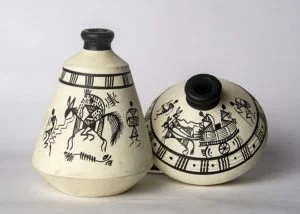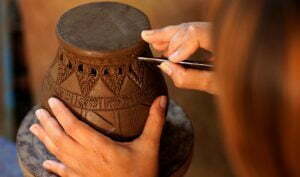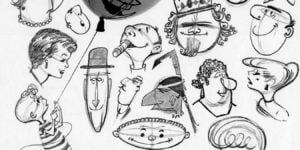Pottery art, the creation of objects from clay, was one of the first handicrafts to emerge. People discovered pottery in the Palaeolithic age when they observed that clay from the river would harden in the shape of the basket used to collect water. Eventually, people began to use this hardened clay could as sturdy containers. They gathered clay, shaped it, and baked it in hot ashes or the sun.
Although initially pottery was shaped by hand, precursors to the pottery wheel started appearing as early as 4500 BC in many cultures. The first wheel came from Sumer in 3129 Bc.
Pottery Art Through The Years
First made in the stone age (40,000 BCE-2500 BCE), has changed considerably over the years.
Pottery in the palaeolithic age

The stone age comprises two distinct eras- the Palaeolithic or old stone age as well as the Neolithic or the new stone age. The difference between the two is that people of the Palaeolithic era were hunters and gatherers. Those from the Neolithic time focused on the development of agriculture and settled societies.
Until the 1990s, archaeologists thought that pottery was first created during the Neolithic period. However, discoveries at Xianrendong as well as Yuchanyan in China, along with the cache of Japanese Jomon Pottery from 14,500 BCE, proved that pottery was present ten thousand years earlier in the Palaeolithic era.
During this time, most potteries were roughly made earthenware fired in bonfires for a short time at temperatures up to 900 degrees Celcius. People used coiled rope and basketry to decorate the pots made. Jomon pottery had impressions on the outside made by pushing rope into the clay before firing it.
Early Neolithic pottery art
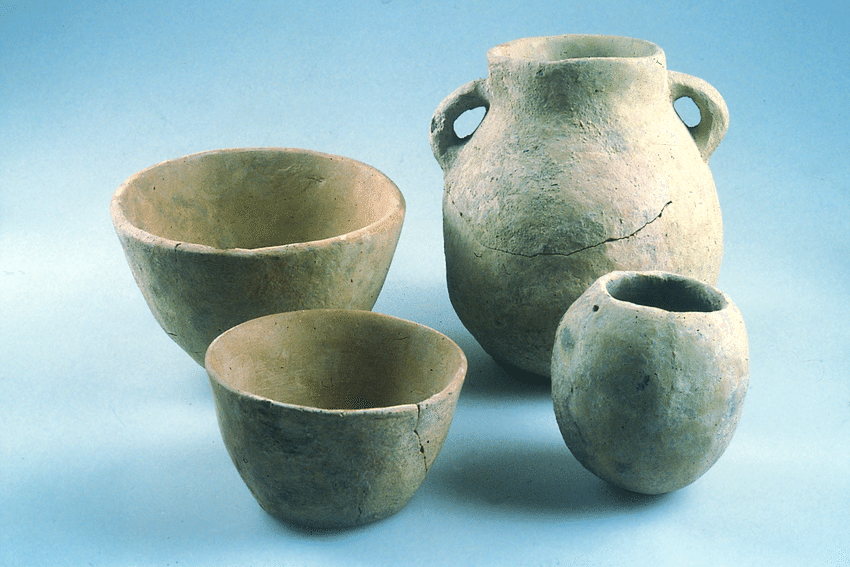
From 4000 to 3000 BCE, people from the Hurst Fen Mildenhall settlement in Cambridgeshire made Mindenhall pottery. This pottery had a round bottom with a predominately ‘S’ profile as well as rolled rims. Furthermore, they had concave necks and sharp shoulders. People decorated the pots with oblique or trans parallel dots, incisions or impressions.
Middle and Late Neolithic pottery art
In the middle and late Neolithic ear from 3000 to 2000 BCE, grooved ware became the norm. People decorated the pots with several impressions of twisted cords, together with sticks and bones of animals. Carinated bowls made to prepare food had no decorations and around the bottom to sit comfortably in an open flame.
Late Neo and Early Bronze Age

From 2200 to 1500 BCE, collared urns, bipartite and tripartite vessels were popular. These urns contained cremated bone. Developed from Peterborough ware, they had a heavy rim as well as were vertical or slightly inverted. People adorned the pots with intricate decoration patterns like herringbone or chevron.
Pottery discovered from the Minoan civilization (2000 to 1500 BCE) had animal, sea and plant life decorations. Furthermore, their pottery showed the people’s delight in following naturalistic shapes and designs.
Middle Bronze Age pottery

In the middle bronze age (1500 to 1000 BCE), Deverel Rimbury pottery characterized by the barrel and bucket-shaped urns came into the market. Additionally, people made smaller, globular shaped urns that contained straight sides. They decorated the pottery with fingernails as well as finger-tipped impressions on the shoulder or rims.
Potters in the Mycenaean civilization (1550-1050 BCE) added new shapes and designs to the existing range of Minoan pottery. It achieved a distinctive decorative style, which displayed representations of life such as plants and marine animals. They also contained minimalistic linear designs, that influenced the early Archaic and Greek pottery.
Late Bronze to Early Iron Age
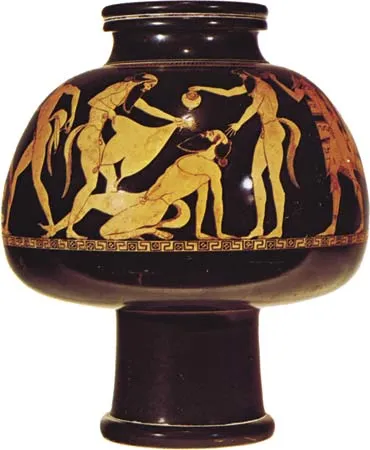
From 1100 to 400 BCE, people created fine bowls as well as cups with little decoration. These bowls were flint tempered and burnished.
Pottery of ancient Greece from 1000 to 400 BCE, on the other hand, was made with diversity in shapes. Decorated with images of deities, the pots showed the culture as well as the practices of ancient Greeks. Potters created Greek pottery the potter’s wheel in separate sections- the foot, upper body, neck and handles. The segments were joined together with clay after drying. The pieces were put back on the wheel to smooth the joints and add the final shaping.
People decorated the pottery with black paint made from alkali potash or soda and black ferrous oxide. Lines or figures were added using a thicker version of the black paint with a stiff brush or feather. Further minor details were added with thinned black paint, a dark red ochre and manganese or white pipe-clay.
Iron Age
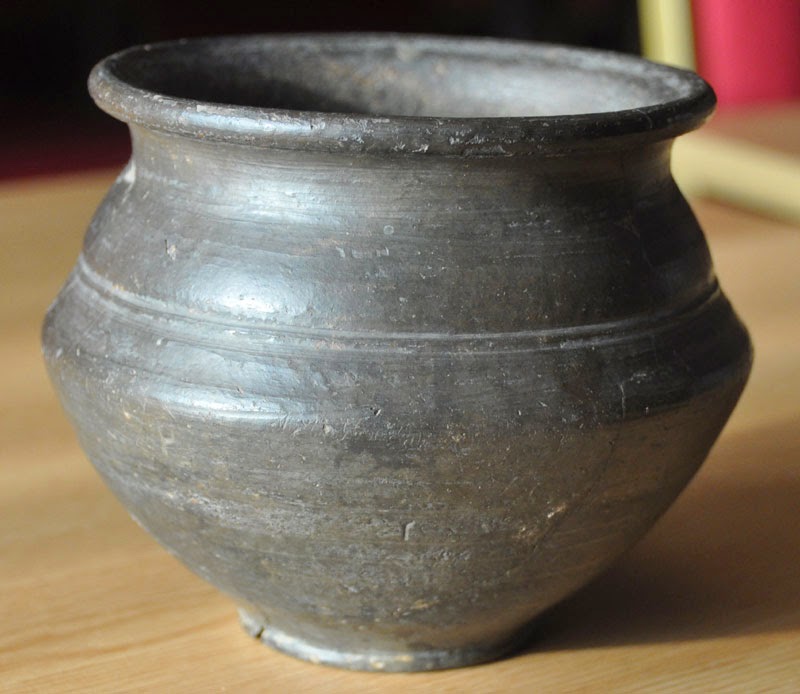
Ancastor Breedon ware predominated the early and middle Iron age (600 to 50 BCE). The pottery created were large storage jars as well as bowl-shaped vessels with rough and random scoring in the vertical or diagonal direction. The pots had visible frilling on the rims.
From 50 BCE to 50 AD, Belgic Pottery, a term used to describe cordoned jars and pedestalled cups were available. Initially created in Britain from the 1st century BC, it continues into the Roman Period.
Pottery in the 19th and 20th century

Pottery in the nineteenth and twentieth century saw the invention of new ceramic bodies as well as methods of decoration. These techniques allowed the mass production of quality and affordable tableware that appealed to a larger population.
Pottery in the 21st century

Today, potters use a variety of techniques and moulds to create functional objects out of clay. The increase of craftwork and perfect home decor trend on social media have heavily influenced the ceramic community. The trending style is unique, clean and minimal. Colourful and eclectic pieces are also popular. Additionally, people in 2021 also use arts like pottery to unplug from the fast-paced and competitive world to indulge in something slow and creative.
How To Make Pottery Art At Home?
Step 1. Choose a type of clay for your artwork. You can select a standard clay that must be fired in a kiln or opt for air-dry or oven-baked clay.
Step 2. Decide the piece you are going to create. It could be a bowl, a trinket dish or a plate. Cut off small pieces of clay and start working it into the desired shape.
Step 3. In the following steps, we will look at how to make a trinket dish. Firstly, knead the clay until it is soft and roll it out into a thin (1/4 inch) sheet. Then, pinch the slab to achieve the desired shape.
Step 4. Dip your fingers in a glass of water and smooth the surface of the clay.
Step 5. Remove air bubbles by poking the spot with a needle to release the air.
Step 6. Create texture and prints with tools, stamps or leaves. Be gentle when pressing in tools and stamps as it is easy to puncture the dish.
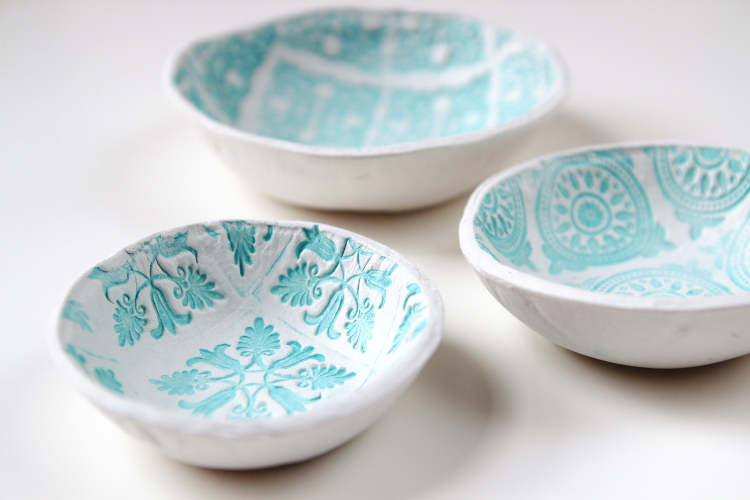
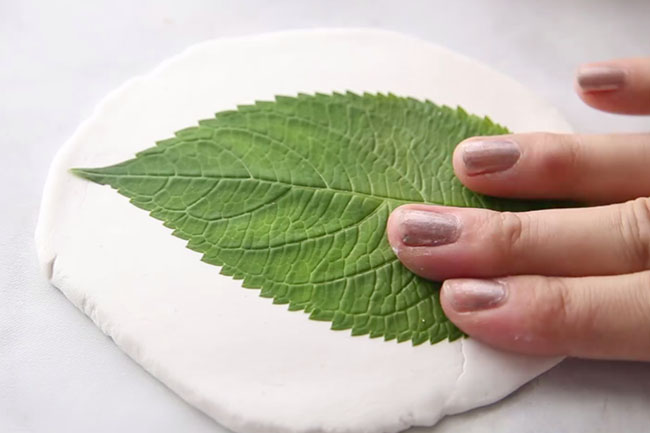
Step 7. Let the clay dry overnight and bake it in a kiln if using pottery clay. On the other hand, let air dry clay set for a few days. You can harden oven-baked clay by baking it at the temperature mentioned on the package.
Step 8. Paint the air dry and oven-baked clay using acrylic or latex paint. For pottery clay, glaze the dish and bake in a kiln again to seal the glaze.
Step 9. Display or gift your creation.
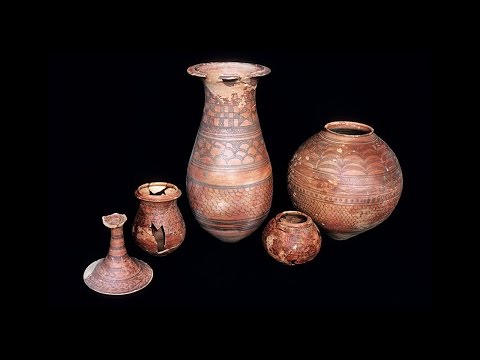
Conclusion
Pottery has changed considerably throughout the years. Where once it was used to create utensils for daily use, now pottery is focused on providing unique and interesting home decor pieces.
Irrespective of the change, pottery remains one of the most popular and used handicrafts in human history. It is easy to make at home and is a fun activity to enjoy with your kids.
Share with your friends
